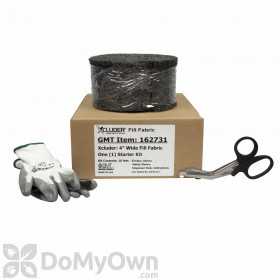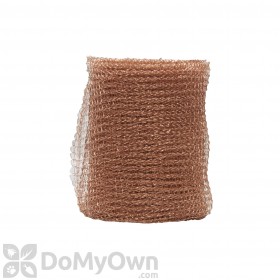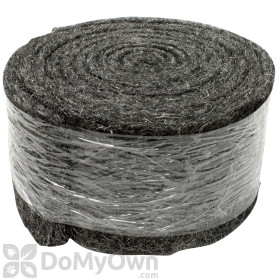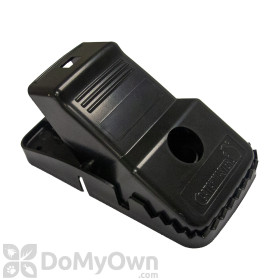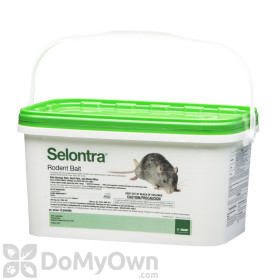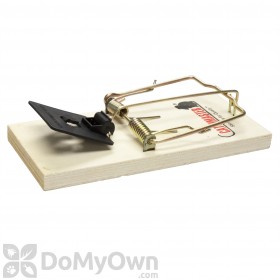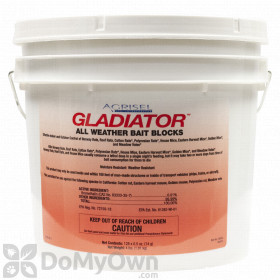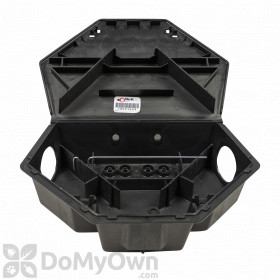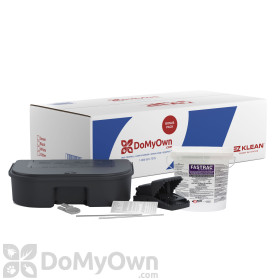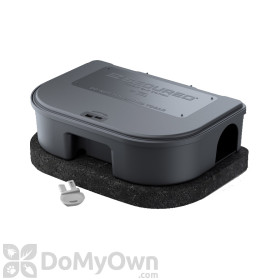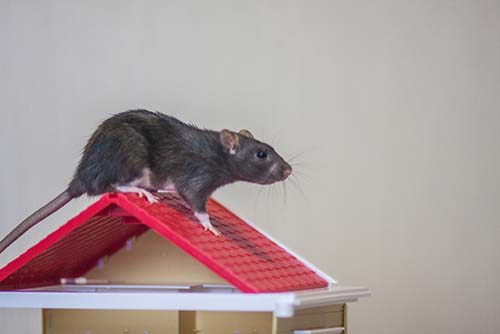
Rats on your property are never ideal, especially when they're inside your home. The noise of their scurrying can keep you up at night and they leave debris and feces wherever they travel.
Roof rats are one of the two most popular species of rats in the United States. As their name suggests, they like high places around your property but can also invade your home. Read this guide to learn more about how to identify and control roof rats.
What Are Roof Rats?
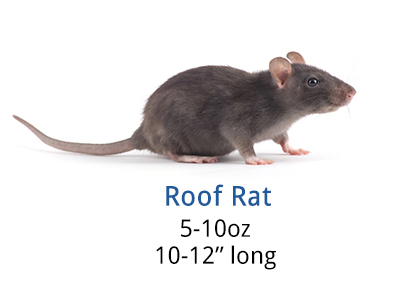
Also known as black rats (even though they vary in color), roof rats are rodents that explore both indoors and outside and can be found on roofs, in attics, rafters, the tops of trees, and other high places around your home. These rats are omnivores, eating foliage like seeds, leaves, and stems in addition to small prey like birds and insects. They will also eat crops if they have access to them. Roof rats eat about 15 grams of food per day and drink 15 milliliters of water per day. They weigh between 2-8 ounces and their bodies are 5 to 7.5 inches long. Their tail will be equally as long.
Learn more about what roof rats look like in our rat identification guide.
Evidence of Roof Rats
Most homeowners will not see the rats themselves but instead will find evidence of rats. If you see the following, you may have roof rats on your property:
Droppings - Roof rat droppings are capsule shaped with blunt ends, measuring 1/4 to 1/2 inch long. They are typically shiny black but coloring can vary due to the rat's diet. Rat droppings are three times larger than mouse droppings.
Urine Stains and Odors - Rodent urine may be hard to see with the naked eye, but it will appear under a UV flashlight. If you smell urine but cannot see it, try using a flashlight in the area you suspect urine to be. The urine will appear as fine drops or streaks.
Gnawing Holes - Roof rats prefer to gnaw on wood but may also damage electrical wiring, food packaging, and other materials. Holes are typically 2 inches in diameter or larger and have rough edges.
Tracks - Roof rats will make paths, also known as tracks or runways, that identify their movements. Indoors, tracks will appear as clean paths through dirt or dust, about 3/4 to 1 inch wide. Outdoors, tracks are paths that are smooth, well-packed, and free of vegetation or foliage. Grease marks may appear next to tracks on walls.
Sights and Sounds - Rodents are nocturnal and hide well when they sleep. During the day, they may be glimpsed or heard. The sounds of gnawing, scratching, and digging are common with roof rats.
How to Get Rid of Roof Rats
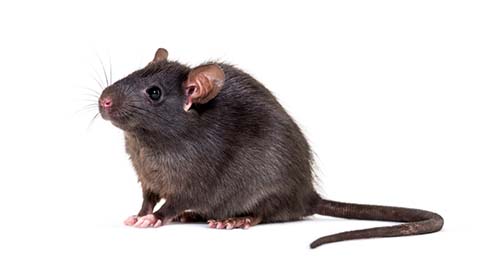
The best way to get rid of roof rats is to follow a three-tiered approach: Sanitation, Exclusion, and Baiting & Trapping. Read below to learn why all three steps are necessary to successfully remove roof rats from your property.
Sanitation
The most effective way to keep roof rats away from your property and to control existing infestations is sanitation.
Roof rats require a supply of food and water to thrive. They will live where food and water are available. To reduce roof rats on your property, consider the following:
- Store food in metal or plastic containers with tight fitting lids instead of cardboard boxes that can easily be gnawed through
- Remove clutter like paper or cardboard that rats may use to build their nests
- Keep dog food and other pet food stored in sealed food containers. Do not leave dog food or water out overnight.
- Remove grass clippings, weeds, and other undesirable vegetation around your home
Read our guide on rat sanitation to learn more.
Exclusion
Roof rats can enter homes and structures through openings as small as half an inch. They may also fit through doors, windows, air vents, or screens that are improperly installed or ill-fitting.
You can greatly reduce the ease of entry for rodents (and reduce the size of the population) by taking the following measures:
- Seal any openings larger than a quarter inch with caulk, wood, mesh, or other appropriate materials
- Use copper mesh or Xcluder cloth around gaps where pipes enter homes
- Replace flood drains that have large openings
- Make sure all doors and window screens fit properly. Use door sweeps if necessary.
Learn more about rodent exclusion in our rodent control guide.
Products needed for Step 2
Baiting and Trapping (Population Reduction)
Roof rats can be dangerous, they carry disease. They can also chew through electrical wires, water pipes, and cause other damage to your home. Once you have identified that you have roof rats, you can work to eliminate rats from your property in the following ways:
Baiting - Baiting uses poisons, also known as rodenticides, to attract and kill rodents. Baiting is a smart choice for outdoors. Rodents will sniff out the bait and return to feed on it until the poison kills them. The rats will either die outside or in a trap (placed inside the bait station) instead of dying in your home.
Bait is placed in bait stations to keep other wildlife safe and to help prevent rain from molding the bait. Always be sure there is fresh bait available until the rats stop feeding. Check stations routinely.
Pro Tip
We strongly urge you not to use rat bait indoors. After a rat consumes a lethal dose of bait the animal may crawl into an inaccessible area to die. This can make removing the carcass impossible, leading to a terrible odor and an insect infestation.
Trapping - Trapping is suggested for use indoors. Trapping helps you know when the rat was killed, eliminates the odor of a rat carcass slowly decaying, and does not require the use of rodenticides.
Rat traps should be placed flush with walls in areas where rats travel, such as on the tracks and paths. The opening or trigger end should be perpendicular to the wall for greatest efficiency. If using two traps, place them back to back, parallel to the wall with the trigger end facing outward.
Once the traps snap, rats can be disposed of outdoors or in the trash and the trap can be reused.
Learn more in our guide to baiting tips for roof rats.
Products needed for Step 3
Shop DoMyOwn's selection of rat control products for baits, traps, and exclusion supplies. Need additional assistance? Give our expert customer service team a call at 866-581-7378 or email [email protected].




